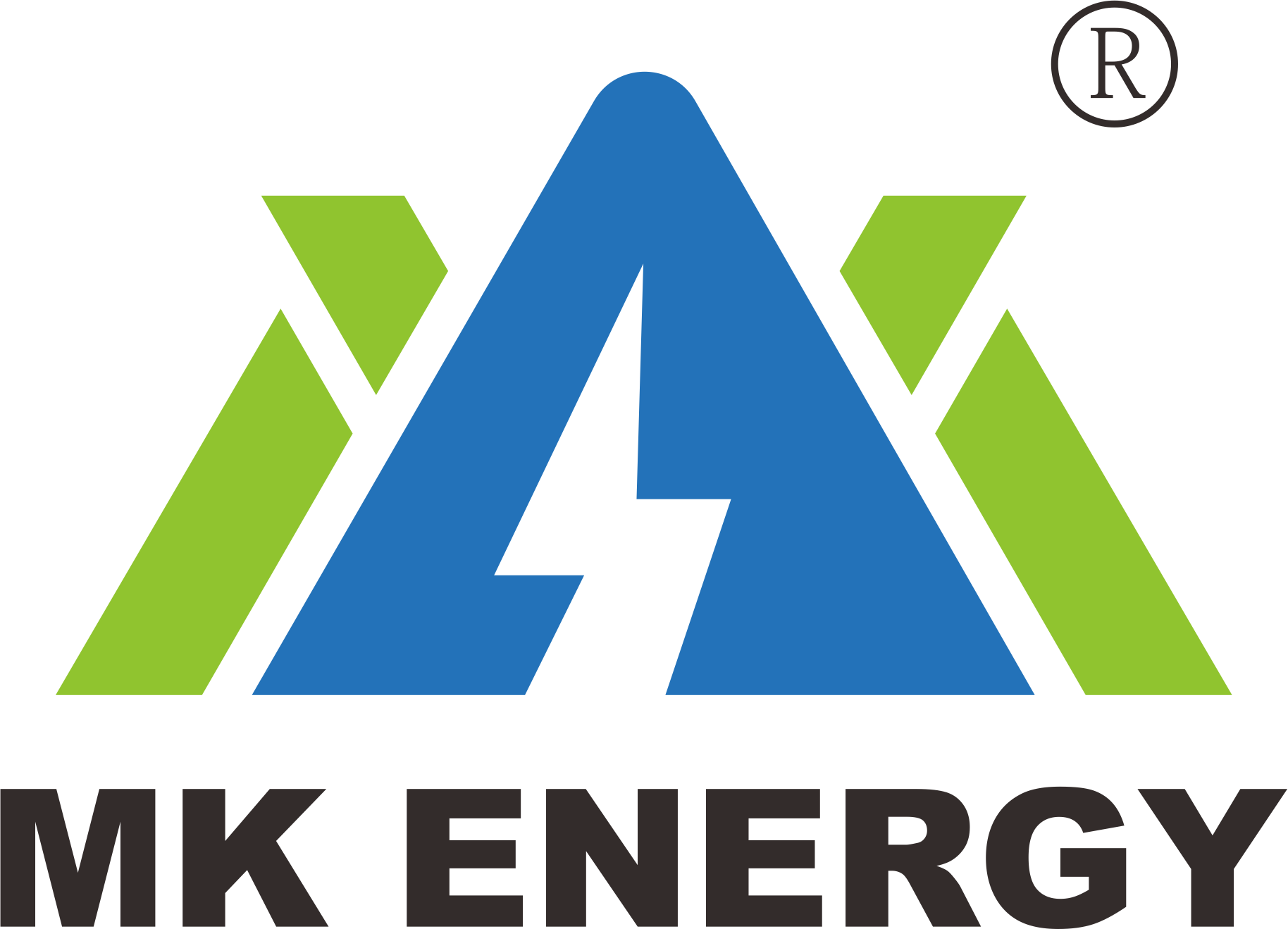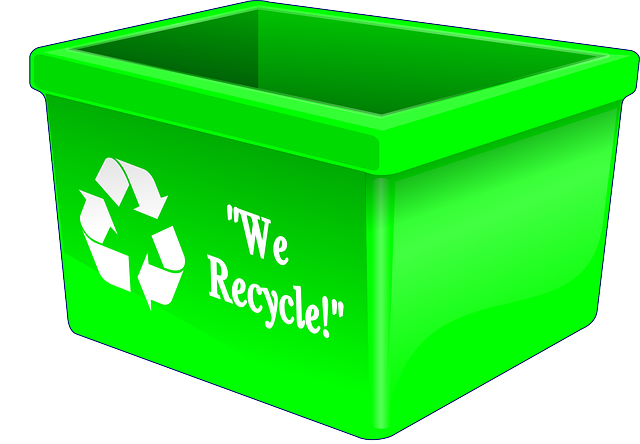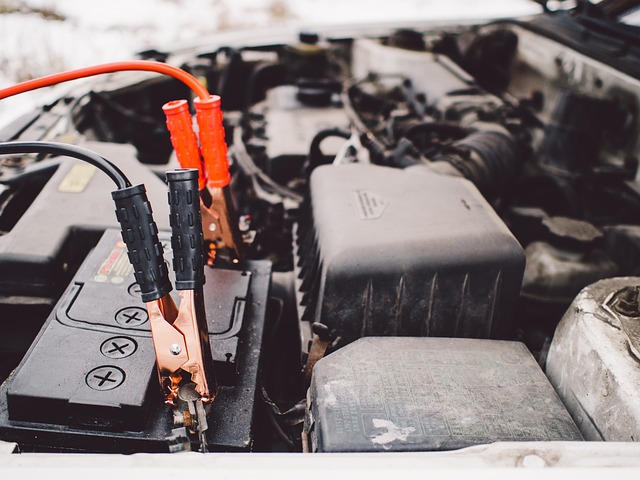As the use of batteries in various applications continues to grow, so does the importance of proper recycling and disposal methods. Improper disposal of used batteries can lead to environmental contamination and pose significant health risks. This article provides comprehensive guidelines on how to recycle and dispose of used batteries responsibly, ensuring environmental protection and compliance with regulations.
Batteries contain hazardous materials such as lead, mercury, cadmium, and lithium, which can be harmful to the environment and human health if not disposed of correctly. When batteries are thrown away in regular trash, they can leak toxic substances into the soil and water, causing pollution and posing risks to wildlife and people.
Proper recycling and disposal help to:
Prevent Environmental Contamination: Safeguarding soil, water, and air quality.
Conserve Resources: Recovering valuable materials for reuse in new batteries and other products.
Reduce Waste: Minimizing the volume of batteries in landfills.
Types of Batteries and Their Disposal Methods
Alkaline Batteries:
Many modern alkaline batteries are considered non-hazardous and can be disposed of in regular trash in small quantities. However, recycling is still preferred to recover materials. Check with local recycling programs for drop-off locations or special collection events.
Lithium-Ion Batteries:
Do not dispose of lithium-ion batteries in regular trash due to fire risk and toxicity. Take them to designated recycling centers or return them to retailers participating in battery recycling programs.
Lead-Acid Batteries:
Illegal to dispose of in regular trash due to high toxicity. Most automotive stores and battery retailers accept used lead-acid batteries for recycling. There may also be community recycling programs.
Ni-Cd and Ni-MH Batteries:
Do not throw these in regular trash due to the toxic metals they contain. Take them to a household hazardous waste (HHW) facility or a recycling center that accepts rechargeable batteries.
Button Cell Batteries:
These small batteries, often found in watches and hearing aids, contain hazardous materials. Drop off at electronic stores, jewelry stores, or HHW facilities that accept button cells. Check the battery label or packaging to determine the type of battery you have and whether it requires special disposal methods.
Precautions for recycling batteries
Store used batteries in a cool, dry place away from flammable materials until you can recycle them. For lithium-ion and other rechargeable batteries, tape the terminals with clear tape to prevent short circuits during transport.
Minimize the number of batteries you use by opting for rechargeable batteries and energy-efficient devices. Follow manufacturer guidelines for charging and storage to extend the lifespan of your batteries, reducing the need for frequent replacements.
Use online resources or contact local waste management authorities to find nearby recycling centers or collection programs that accept batteries.
Many retailers and manufacturers offer take-back programs for used batteries. Check with the place of purchase or the manufacturer’s website for details.
Many communities offer HHW programs that accept used batteries along with other hazardous materials. These programs typically have specific drop-off events or designated collection sites.
Conclusion
Proper recycling and disposal of used batteries are critical for protecting the environment and human health. By understanding the different types of batteries and their disposal methods, and by participating in recycling programs, we can reduce the harmful impact of battery waste. At MK ENERGY, we are committed to promoting sustainable practices and providing solutions that support responsible battery usage and disposal. Let’s work together to ensure a cleaner and healthier planet.


